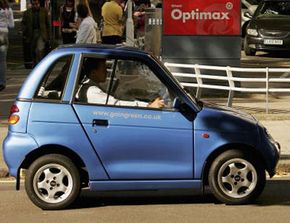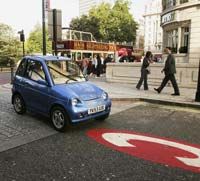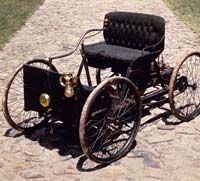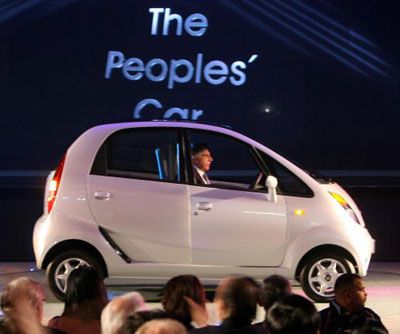Sitting in front of your computer, you click "Buy Now." Making sure the correct selection is in your online basket before you check out, you notice the order total. For one item, the cost will be £9,194.00, about $18,000 USD as of February 2008. But this unusually high price for something purchased over the Internet doesn't faze you, because you're not buying a really expensive book or getting ripped off by a third-party seller on Amazon.com -- the product you're ordering is the Reva G-Wiz Automatic Electric Vehicle, an emission-free electric automobile made in India and available through UK retailer GoinGreen.
Advertisement
Ordering from an online showroom is just one of the company's tactics that aim to cut costs and lessen the effect urban travelers have on the environment. With smaller, more efficient cars like the Smart Car all the rage in England, the G-Wiz has quickly become one of the UK's most popular electric vehicles, with more than 900 models driving around the streets of London [source: GoinGreen]. GoinGreen advertises the G-Wiz as the greenest vehicle available for purchase in England -- its Web site claims the G-Wiz's electric engine produces zero direct emissions, and a full, eight-hour charge costs about $1 (50 pence), the equivalent of nearly 600 miles per gallon. The vehicle is also exempt from London's hefty new congestion charges, and drivers can park for free in certain areas and make use of on-street charging points while away from the G-Wiz.
So buying a fairly cheap electric car, saving more in the future on energy costs and helping the environment all sound like great fun -- but is it too good to be true? The idea of ordering an automobile online and having it delivered to you instead of going to a car dealership might be enough to set off some warning lights. On top of that, some nasty publicity and concerns over safety have granted the G-Wiz as many detractors as admirers.
How much are the automakers sacrificing in safety to make an affordable, clean car? Is it really an efficient automobile, or are GoinGreen and Reva just greenwashing the Brits? In this article, we'll take a look the G-Wiz and some of the controversy surrounding it.
Advertisement





